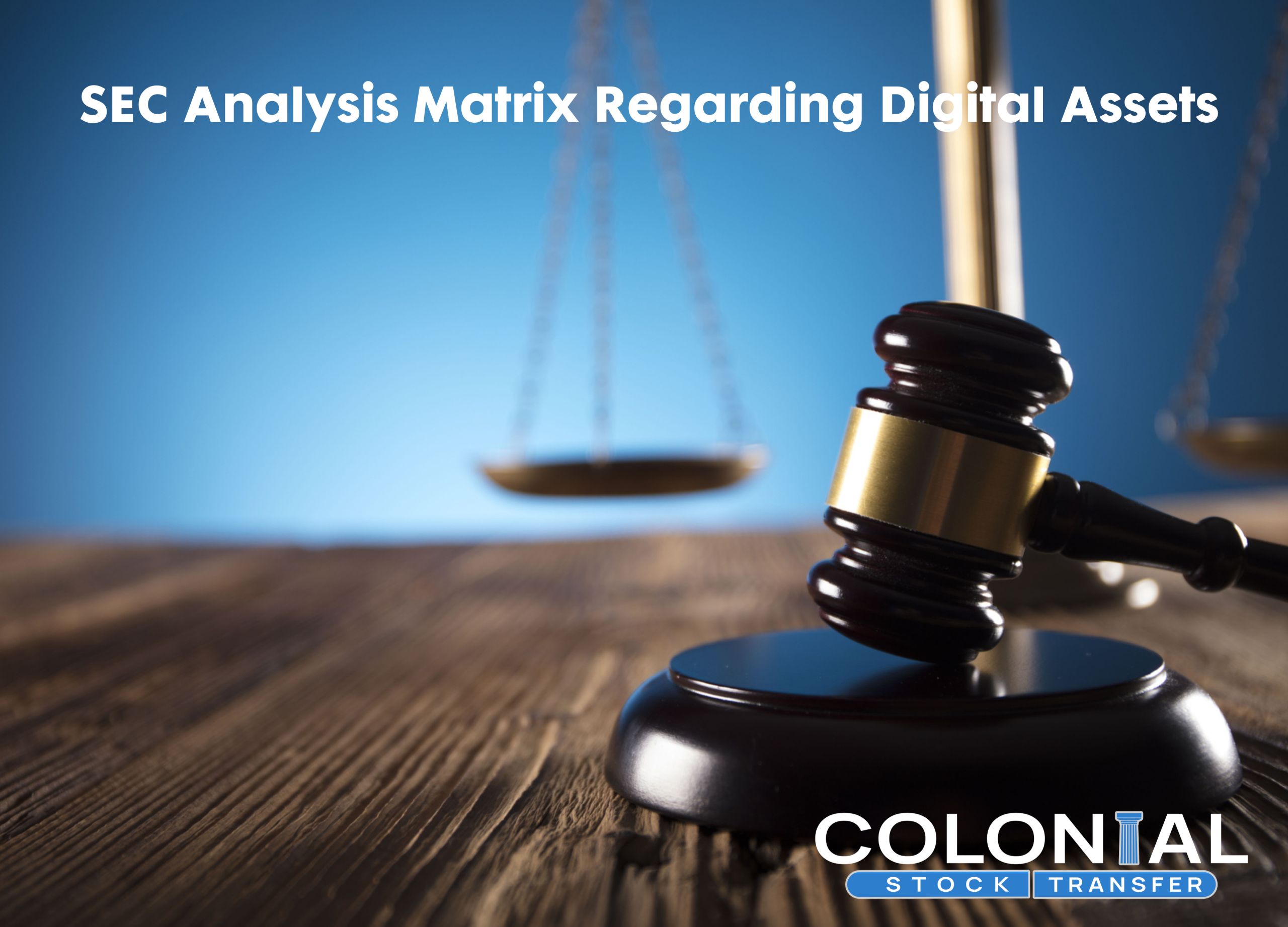
The SEC published a Framework for Investment Contract Analysis of Digital Assets on April 3, 2019. The analysis provides guidance for applying the Howey test to digital assets to determine if they are investment contracts or securities. The test was created in the 1946 U.S. Supreme Court case, SEC v. W.J. Howey Co.
The Howey test is used to determine whether an instrument can be classified as an investment contract. The test says that an investment contract exists when:
- A person invests money in
- A common enterprise
- With a reasonable expectation for profit
- That will be gained from the efforts of either the promoter or a third party
If an asset is classified as an investment contract, it is subsequently a security subject to both state and federal securities law.
Because the phrase ‘investment contract’ was left undefined by the Securities Act of 1933, when the phrase could be applied was called into question during the case. The majority opinion determined that because the term had been used in state blue sky laws, and subsequently a wide array of contracts or other means of raising capital, Congress had used the term in the statute according to its adopted common law meaning.
Digital Assets
The SEC’s new guidance provided a framework for determining whether digital assets should be classified as investment contracts, and whether offerings and sales of digital assets are considered securities transactions. Determining whether digital assets are investment contracts follows the Howey test.
- Investment of Money: The first element of the Howey Test is generally satisfied when digital assets are offered or sold, because they are exchanged for value, either currency, another digital asset, or any other type of consideration. Any type of value the asset is exchanged for meets the first element of the test.\
- Common Enterprise: Courts have generally held that a ‘common enterprise’ is a distinct element of an investment contract. The SEC has generally found that a ‘common enterprise’ exists for digital assets.
- Reasonable Expectation of Profits from the Efforts of Others: This element is typically the main point of issue when analyzing whether a digital asset meets the criteria set forth under the Howey. This element is met when a promoter, sponsor, or any other third party, provides efforts that affect the success of the asset, and so the investor has a reasonable expectation that profit will be made.
Beyond applying the Howey test, the SEC provided several other additional considerations:
- The asset’s transferability is restricted based on the asset’s use, not based on a speculative market
- The price of the asset is correlated with a market price for a good/service that the asset could be exchanged for
- The network for the digital asset has been fully developed
Colonial can help you determine whether or not your digital assets required our security token transfer agent services. Contact us to learn more.



